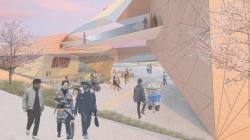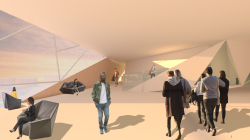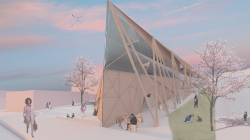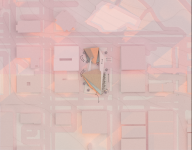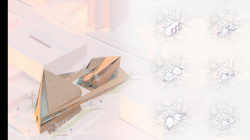Our site is located in the middle the zoning of two districts of Seattle's International District (Japantown Chinatown), the surrounding buildings on the site that was chosen are all individually historically significant, and both of the districts have deep roots similarly in folk art, language, and food. To start off our research, we conducted a site analysis of the entirety of Seattle, as well as a narrowed down research of Japantown and Chinatown, and used the data we collected to understand the area better. The analysis allowed us to locate the historic landmarks in Downtown Seattle, the restaurants and transportation trends, as well as general demographics of the area. Along with collecting demographic data, we also researched the history of multiple movements in the International district, and the significance of the landmarks and building surrounding our site.
As for our programs, we chose to focus on the performing arts and make that the primary function of our center because each district has their own way of showing traditions and customs through the performing arts, such as folk art, Chinese opera, sword fights, etc. Not wanting to disregard their interesting cultural connections in cuisines as well, we included an outdoor area for a food court, where surrounding restaurants could market a fusion of foods to the visitors of our cultural center, as well as an opportunity to transform he food court area into a farmers market during the summer. We designed with the intentions of showing cultural inclusion, and hope that visitors could utilized this space by showcasing their culture and being aware of their differences.
2020
2020
In this space, people in the surrounding areas will come together to watch a performance, experience a fusion of cultures, and keep the neighborhoods alive. The cultural center will have space for socialization, space for learning, and space for people to showcase their art. The interior was designed with the purpose of conserving the inside volume levels in a confined area, and allowing a intentional circulation of stairs, entryways, and exits around the different programs within our center.
Anissa Chak, Nicole Liu, Shanelle Brown

